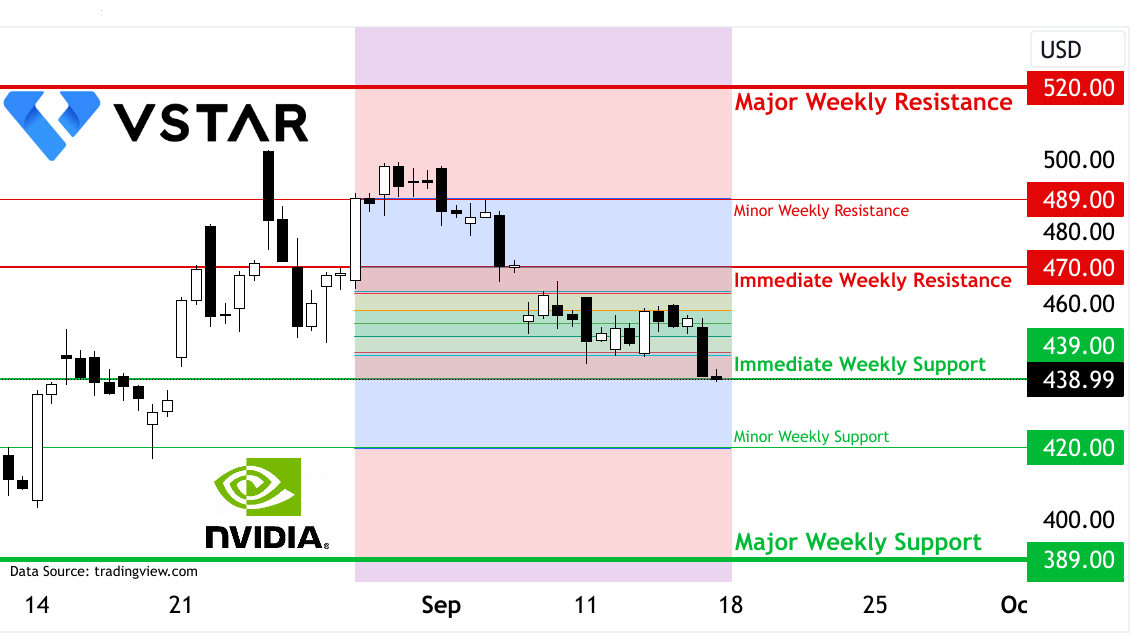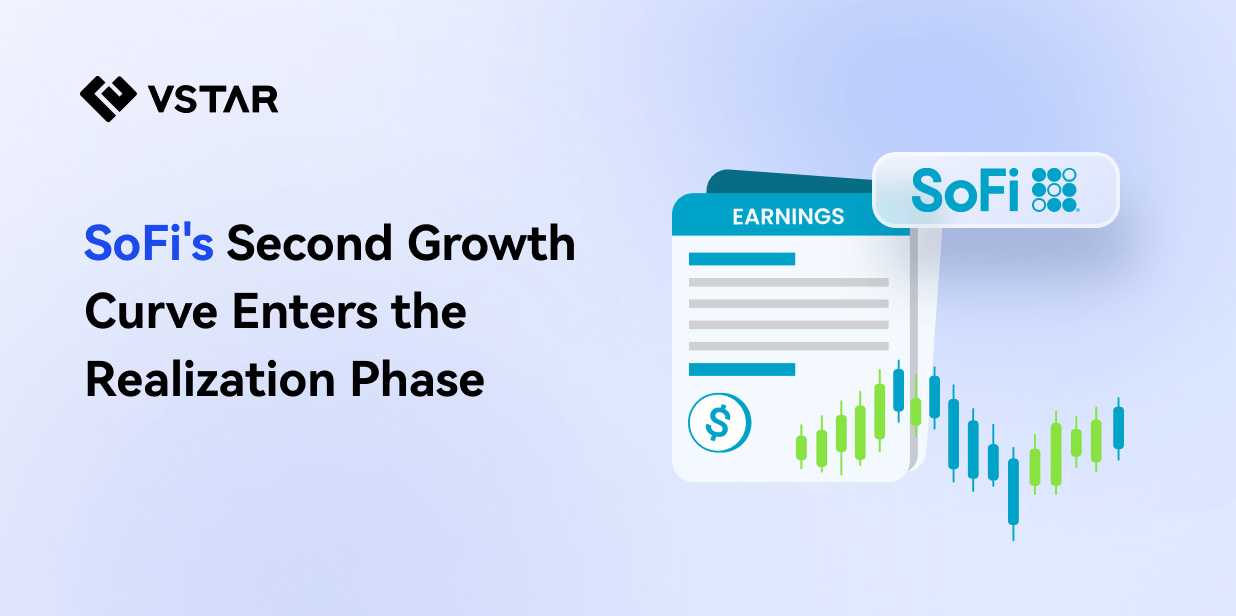Favorable Fundamental: Grace Hopper GH200 Superchip Edge Out MLPerf Inference Benchmarks
NVIDIA (NASDAQ: NVDA) has demonstrated significant potential for fundamental benefits through its recent innovations in AI hardware and software, as showcased by its exceptional performance in the MLPerf Inference Benchmarks.
Nvidia GH200 Grace Hopper Superchip
Firstly, the introduction of the NVIDIA GH200 Grace Hopper Superchip is a game-changer. This superchip combines a Grace CPU with a Hopper GPU, offering increased memory, bandwidth, and dynamic power optimization between the CPU and GPU. This innovation not only improves AI inference performance but also enhances energy efficiency, benefiting data centers and edge devices alike. The GH200's strong performance in MLPerf tests solidifies NVIDIA's position in AI hardware.
Nvidia H100 Tensor Core GPUs
Moreover, the H100 Tensor Core GPUs, part of the NVIDIA AI platform, delivered unmatched throughput in MLPerf Inference tests. This demonstrates NVIDIA's continued commitment to pushing the boundaries of AI performance, including computer vision, speech recognition, medical imaging, recommendation systems, and large language models. The consistent performance leadership since the inception of MLPerf benchmarks in 2018 showcases NVIDIA's focus on staying at the forefront of AI technology.
Read more: Nvidia Corporation (NASDAQ: NVDA) Stock Overview – The AI and Gaming Chip Powerhouse
NVIDIA's TensorRT-LLM, an open-source generative AI software, is a significant stride in optimizing inference performance. It can potentially provide up to an 8x performance boost compared to previous-generation GPUs when running demanding AI models like GPT-J 6B. This software innovation is not only performance-enhancing but also cost-effective, as it allows users to maximize the potential of their existing H100 GPUs without additional expenses.
Furthermore, NVIDIA's L4 GPUs exhibited remarkable performance across a wide range of workloads in the MLPerf benchmarks, surpassing CPUs in efficiency. These GPUs, available through Google Cloud and various system builders, offer substantial power savings while delivering exceptional performance. This is especially crucial for industries where power consumption is a concern, such as consumer internet services and drug discovery.
At the edge, NVIDIA continues to excel with its Jetson Orin system-on-module. Its performance improvements, especially in object detection, make it a valuable asset in edge AI and robotics scenarios. This highlights NVIDIA's commitment to enhancing AI capabilities at the network's edge, which is essential for applications with size and power constraints.
The development may impact the stock price of NVIDIA in the coming days and weeks. Here are key technical levels for the week, indicating $520 and $389 as major resistance and support levels for large (volatile) movements in the stock. However, $470 and $439 serve as immediate resistance and support levels, respectively.

Data Source: tradingview.com




















